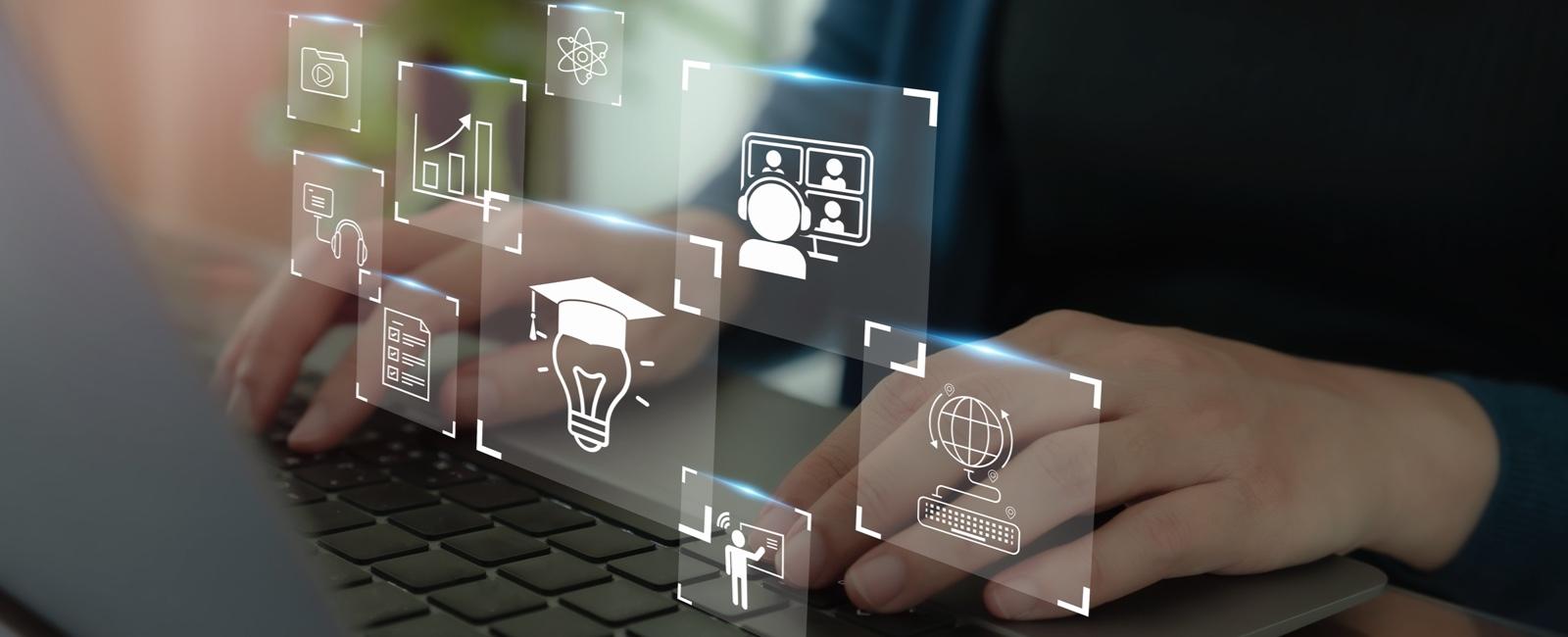How Game-Based Learning transforms Education: Real Student Feedback Unveiled
Explore innovative teaching strategies through the lens of game-based learning and find out what actual students have to say about this transformative approach in classrooms worldwide.
Introduction: The Dawn of game-Based Learning in Modern Education
Conventional lectures and rote memorization are steadily making way for more interactive,student-centered methodologies. Among thes,game-based learning (GBL) has emerged as a powerful tool to boost engagement,enhance knowledge retention,and develop crucial 21st-century skills. But how exactly does game-based learning transform education, and what do students themselves think of this approach? In this article, we unravel the real impact of GBL through the voices of students and real-world examples, highlighting the substantial benefits and practical tips for leveraging educational games in classrooms.
What is Game-Based Learning?
Game-based learning is an instructional strategy that uses digital or physical games to teach specific subjects, concepts, or skills. Unlike traditional passive learning,GBL places students in active roles,letting them solve problems,make decisions,and learn through trial and error within a game environment. The goal is not just to play, but to learn, reflect, and apply new knowledge in meaningful contexts.
- Educational Games: Games engineered for learning purposes, such as math puzzles, science simulations, or language quests.
- Gamification: Applying game-like mechanics (points,leaderboards,rewards) to non-game contexts,such as quizzes or homework assignments.
- Simulation Games: Replicating real-world scenarios for subjects like history or economics, allowing for experiential learning.
The Key Benefits of Game-Based Learning
Game-based learning offers a range of tangible benefits for both students and educators, making it an increasingly popular choice across educational levels:
- Enhanced Engagement: Games capture students’ attention and motivate participation, reducing classroom boredom.
- Active Learning: Students learn by doing, which promotes deeper understanding and long-term retention.
- Immediate feedback: Many educational games provide real-time feedback, helping students correct mistakes and learn faster.
- Safe Failure and Experimentation: Games create low-pressure environments where students can experiment, fail, and try again without real-world repercussions.
- Collaboration and Social Skills: Multiplayer games encourage teamwork, communication, and leadership qualities.
- Personalized Learning Paths: Adaptive games adjust difficulty levels for individual learners, catering to their strengths and weaknesses.
game-Based Learning vs. Traditional Teaching Methods
| Aspect | Game-Based Learning | Traditional Methods |
|---|---|---|
| Student Engagement | High, interactive, fun | Varies, often passive |
| Learning Approach | active, hands-on | Lecture-based, theoretical |
| Feedback | Immediate, formative | Delayed, summative |
| Adaptability | Personalized, scalable | One-size-fits-all |
Real Student Feedback: Voices from the Classroom
There’s no better way to gauge the effectiveness of game-based learning than hearing directly from the students using it every day. Here’s what real students say about their game-based learning experiences:
“Learning through games makes it feel less like homework and more like an adventure. I understand the topics better and look forward to each lesson!”
– Sofia G., Grade 7
“I used to get nervous in math class, but now that we use games, I’m not afraid to make mistakes and try new problems.”
– Mark T., Grade 5
“Group games helped me make friends and work better with my classmates. It’s much more fun than just reading from the textbook.”
– Aditi V., Grade 9
These firsthand experiences reveal that educational games and gamified learning environments not only foster more positive feelings toward schoolwork, but also help students overcome anxiety and develop valuable social skills.
Case studies: Game-Based Learning in action
1. Minecraft Education Edition
Case: A middle school in Finland integrated Minecraft: Education Edition in their science and geography curriculum.
Result: After one semester, 85% of students showed increased interest in geology and spatial awareness, with 67% attributing their better grades to interactive lessons in the game world.
2. Duolingo for Language Learning
Case: High schools across the US adopted Duolingo for Spanish classes.
Result: Daily practice streaks and interactive challenges kept students motivated and improved vocabulary retention.Students self-reported more confidence during oral exams than in previous years.
3. Kahoot! in Mathematics
Case: An elementary school integrated Kahoot! quizzes after each lesson.
Result: Test scores increased by 20% on average, and teachers noticed higher participation rates—including among typically reserved students—demonstrating the power of a little friendly competition.
Tips for Implementing Game-Based Learning
If you’re excited to bring the benefits of game-based learning to your classroom, here are some practical strategies to ensure success:
- Align Games with Learning objectives: Choose or design games that reinforce your curriculum goals.
- Balance Fun and Learning: Ensure games are enjoyable but still academically rigorous and purposeful.
- Pilot and Reflect: Start small, gather feedback from students, and tweak your approach based on real classroom experiences.
- Encourage Collaboration: Select multiplayer or team-based games to foster cooperation and peer learning.
- Track Progress: Use games with built-in analytics or reporting tools to monitor student betterment.
- Foster Inclusivity: Choose diverse games that appeal to various backgrounds and ability levels.
Addressing Common Concerns
- Time Management: Blend short, focused game sessions with other teaching methods for variety.
- Screen Time: Opt for a balance of digital and non-digital games to reduce concerns about excessive tech use.
- Assessment: Combine traditional assessments with game scores or reflections for a extensive view of learning.
Conclusion: The Future of Education is playful, Engaging, and Student-Driven
Game-based learning isn’t just a trend—it’s a proven educational approach that’s already making waves in classrooms around the world. By incorporating educational games, teachers can tap into a powerful way of boosting engagement, nurturing a love for learning, and fostering key skills like collaboration, critical thinking, and creativity.Most importantly, real student feedback consistently points toward increased motivation, improved comprehension, and a more positive attitude toward school.
as educators and schools continue to innovate, game-based learning will play an increasingly central role in shaping future-ready learners. So why not press ‘play’ today and discover the transformative potential of game-based learning in your own classroom?

